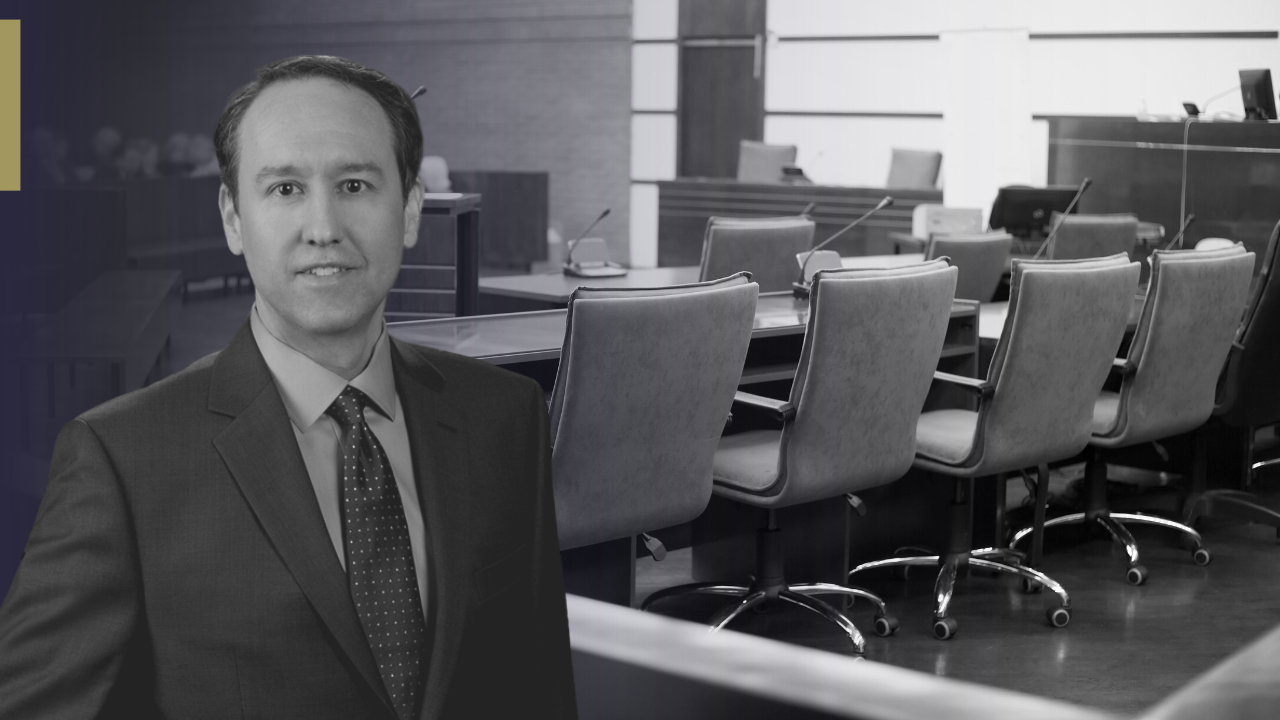Appellate writers face some of the same challenges that novelists and other artists face. Those things include procrastination, anxiety, self-defeating thoughts, and even alcoholism and other types of drug abuse. A brief is a peculiar type of artistic endeavor, and such things are tough. To make things worse, if you represent the appellant, the finder of fact (whether that was a jury or a judge) has largely taken your story away from you. All the facts are considered in the light most favorable to your opponent. And if you’re doing a criminal appeal, the appellee’s story is the story of a crime (Jay O’Keeffe warned in a blog post back in December that the appellant should never argue the facts presented because he is stuck with the facts found). How do appellate lawyers procrastinate? We check our email. We find six more cases on Westlaw or Lexis. We avoid the difficult work of finding a story we can tell – the alternative to the story about a crime. And when we lose a close case, it’s often because we never found or failed to tell the story.
There is another story by the way. It’s usually the story of a trial or the story of a defense investigation. All the procedural things that went south won’t matter if you don’t make them into a story. And you won’t find the story if you don’t do the work.
Steven Pressfield’s new book, Do the Work, offers a simple technique to find your story and your theme. It also offers a needed kick in the pants advice on how to get the work done. For a little more time, the Kindle edition of the book is available for free. But you can get the really important stuff from his blog. To go really in depth, you should check out his better known book The War of Art. To boil it all down to the bare essentials, take a few minutes to read about The Foolscap Method and The Three Act Structure.
Mr. Pressfield advises that you take a legal pad (the old school legal pad with the long pages) and divide the story (in our case, the brief) into three acts. You’ll soon find that you can’t write act three if you don’t know what your theme is. And your theme is nothing more than a one-sentence description of what your case is about. Your theme is what you’d tell a non-lawyer at a barbecue in your back yard if he asked you about the caes you’re working on right now.
Trust me when I say that taking the time to work out your case on a sheet of foolscap will make you feel immediately better about your case and give you some direction. A side benefit from reading about the three-act structure is that you’ll suddenly see the backbone behind every movie you watch, particulalry if you’re watching or listening to lots of Disney movies.
Let me give you an example of what I’m talking about from a recent United States Supreme Court decision. In Cullen v. Pinholster, Justice Thomas wrote the majority opinion for a very divided court in an appeal of a federal habeas decision of a death penalty case. You’ll see the three-act structure as you read the opinion. And, yes, it’s the story of a crime. He dispenses with Act One in two sentence.
Scott Lynn Pinholster and two accomplices broke into a house in the middle of the night and brutally beat and stabbed to death two men who happened to interrupt the burglary. A jury convicted Pinholster of first-degree murder, and he was sentenced to death.
Act One ends with the California Supreme Court twice denying habeas relief. But the “villain” enters the scene at the beginning of Act Two when a Federal District Court grants Federal habeas relief and the Ninth Circuit affirms. By the end of Act Three, the United States Supreme Court reverses, and Mr. Pinholster will once again be under a sentence of death.
There was another story, and it was compelling. From Mr. Pinholster’s brief:
Scott Pinholster’s trial attorneys were unaware that a death penalty phase would follow a guilty verdict at his murder trial; they had neglected to look in the file and read the state’s notice that it was seeking death. Six hours of preparation later, they presented one witness, Pinholster’s mother.
Later in act one, critical mitigating evidence isn’t found, such as the abuse he suffered as a child as well as head injuries in his early life. In Act II, the Federal district court and appellate court grant habeas relief. And the Third Act Mr. Pinholster wanted to see was a victory in the Supreme Court.
For every story of a crime told by the Appellee, there’s a story of a trial or of a pre-trial investigation that you can find and develop (most of the time). From Mr. Pressfield, there is a good beginning technique to find and develop that story and to find the central theme of your case. But, above all, it’s a technique to use to get to it and write the thing. Which is often the biggest hurdle.


